Pets explore their world with their mouths, so they often suffer from oral or facial injuries that require immediate care. Whether your pet gnawed on a stick, tried to escape from their kennel, or darted into traffic, they can damage their teeth.
Your pet’s dental emergency can be distressing, but prompt action and veterinary care can effectively manage most issues. And, by staying informed, knowing dental emergency signs, and taking preventive measures, you can help your pet maintain optimal oral and overall health.
Common dental emergencies in pets
Dental disease is one of the most common conditions in pets and comes in a variety of oral problems that require emergency care, including:
- Dislodged or fractured teeth — If your pet gnaws on a hard object like a bone or wire kennel, or is injured in a fight or car accident, they may dislodge or fracture a tooth, which can cause incredible pain.
- Tooth-root abscess — The large upper fourth premolars (i.e., carnassial teeth) most often develop root abscesses, which are painful pockets of infection that often cause swelling below the eye.
- Foreign objects — Sticks, mulch, and other sharp objects can easily pierce your pet’s mouth or become lodged in their teeth and require removal with the pet sedated or anesthetized.
- Oral bleeding — Oral tissues are exceptionally vascular, so a minor injury can bleed excessively. If your pet does not stop bleeding or shows other distress signs, seek emergency care.
- Oral or facial swelling — While a tooth-root abscess typically causes a lump on the muzzle below the eye, other oral and facial areas can suddenly swell and need urgent care. If the muzzle, eyes, or neck swells, your pet may be experiencing an allergic reaction and will need prompt treatment to ensure they do not develop breathing difficulties.
- Facial trauma — If your pet has been struck by a vehicle or heavy object, or has a face injury from a fight with another animal, they need immediate care to determine the extent of their injuries and for treatment.
- Excessive drooling — Thick, ropey saliva can signal substantial oral pain or toxin exposure. Excessive drooling shouldn’t be ignored, especially if the saliva is bloody.
- Inability to open or close the mouth — If your pet suddenly cannot open or close their mouth or chew appropriately, they are likely in significant pain. Potential causes include masticatory muscle myositis (MMM), temporomandibular dysfunction, facial nerve paralysis, and tetanus.
Recognizing dental emergencies in pets
Recognizing a dental emergency in your pet is crucial for timely intervention and treatment. Keep an eye out for the following signs:
- Excessive drooling
- Pawing at the mouth
- Refusal to eat
- Gagging or coughing
- Inability to open or close the mouth
- Bleeding from the mouth
- Swelling around the face or mouth
- Fractured teeth
- Facial asymmetry
If you notice any of these issues in your pet, you must seek immediate veterinary care.
Preventing dental emergencies in pets
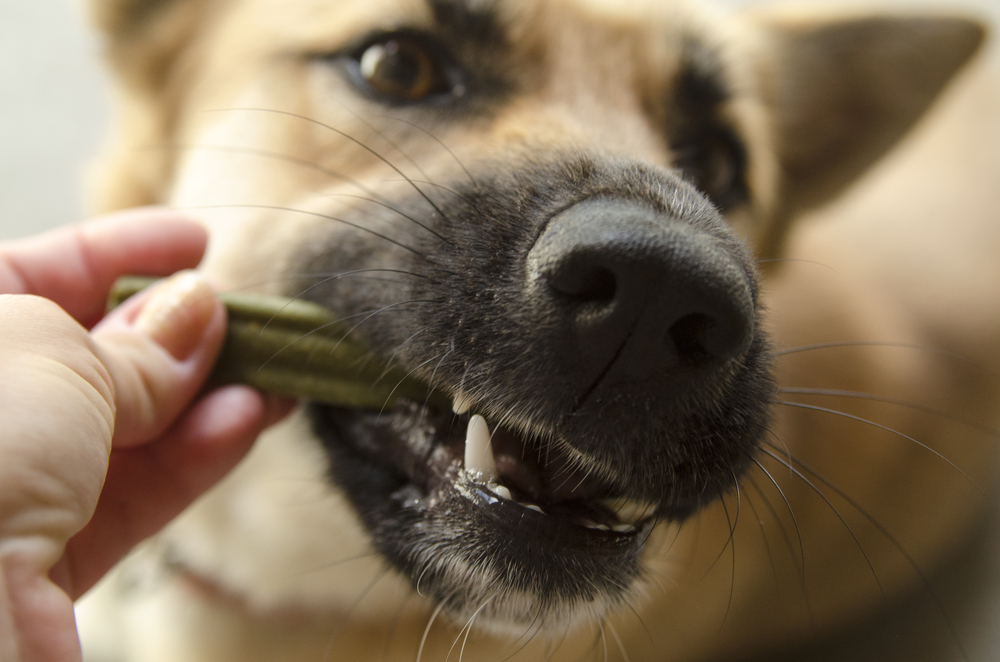
While some dental emergencies are unavoidable, you can take steps to minimize your pet’s risk, including:
- Choose safe chews — Ensure your pet’s chew toys are safe and avoid objects that are notorious for causing tooth fractures, such as antlers, cow hooves, bones, rocks, ice, knotted rawhides, and hard plastic bones. Pierce an item with your fingernail—if the nail does not leave an indentation, the object is too hard and can damage your pet’s teeth.
- Schedule regular dental care — Schedule regular oral exams and professional dental cleanings to monitor your pet’s dental health and address any issues early on. Regular dental cleanings also help prevent periodontal disease, which can result in loose or lost teeth, tooth-root abscesses, and systemic infection.
- Maintain good oral hygiene — Brush your pet’s teeth regularly—daily if possible—to minimize plaque and tartar buildup. Round out your pet’s oral health care regimen with food and water additives, dental treats and chews, and oral rinses, sprays, or wipes. Ensure these products bear the Veterinary Oral Health Council (VOHC) seal of acceptance, which is proof of their plaque- and tartar-fighting ability.
- Remove environmental hazards — Be mindful of your pet’s environment and remove any potential hazards that could cause injury or dental problems. Pick up large sticks from your yard, avoid using mulch, and monitor your pet to ensure they do not chew on inappropriate objects.
Dental issues in pets can cause incredible pain and should not be ignored. If you suspect your pet is experiencing a dental emergency, contact our Southern Arizona Veterinary Specialty and Emergency Center team for immediate care.

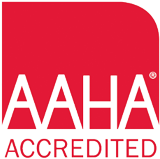

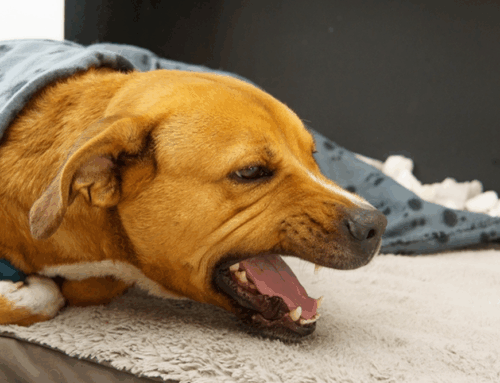
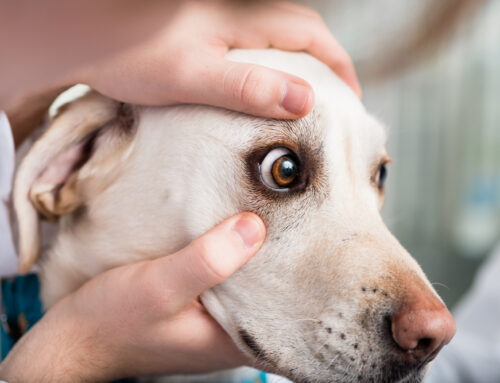
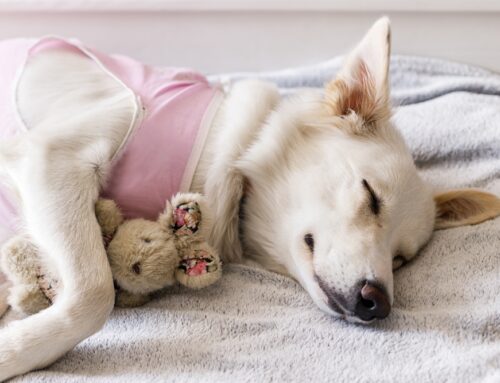
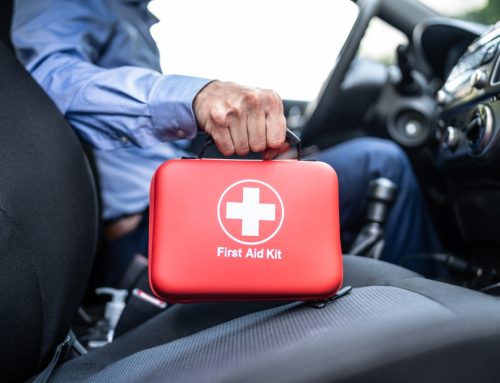

Leave A Comment